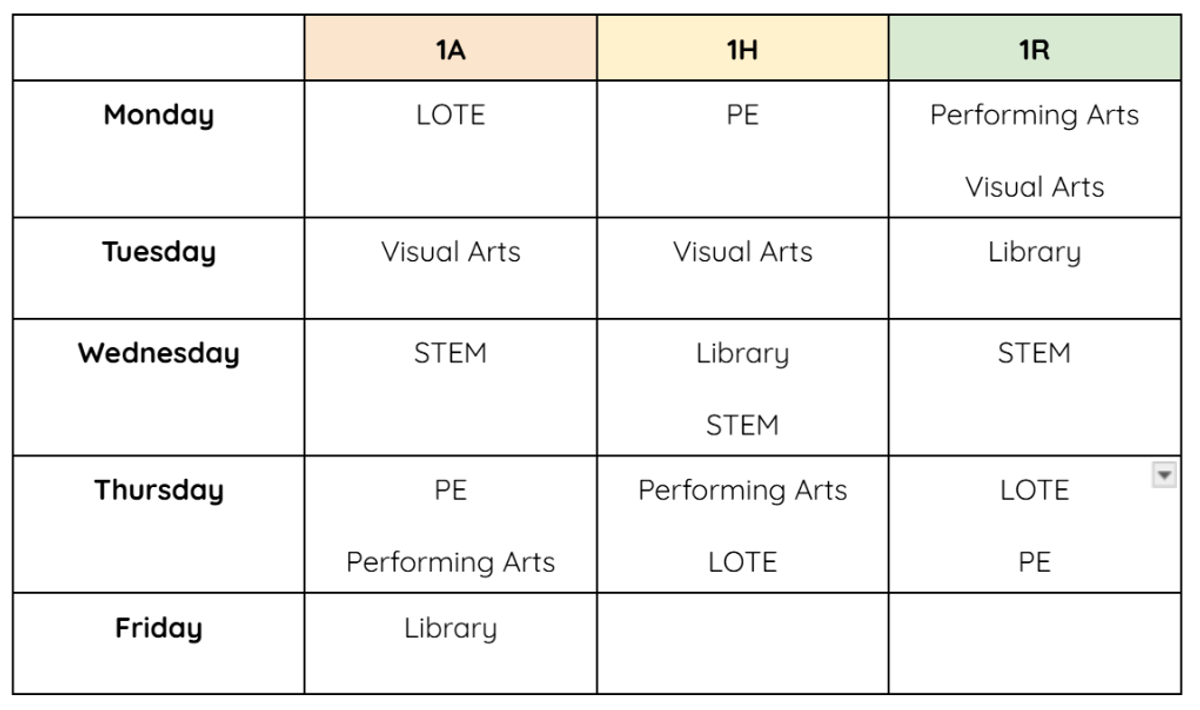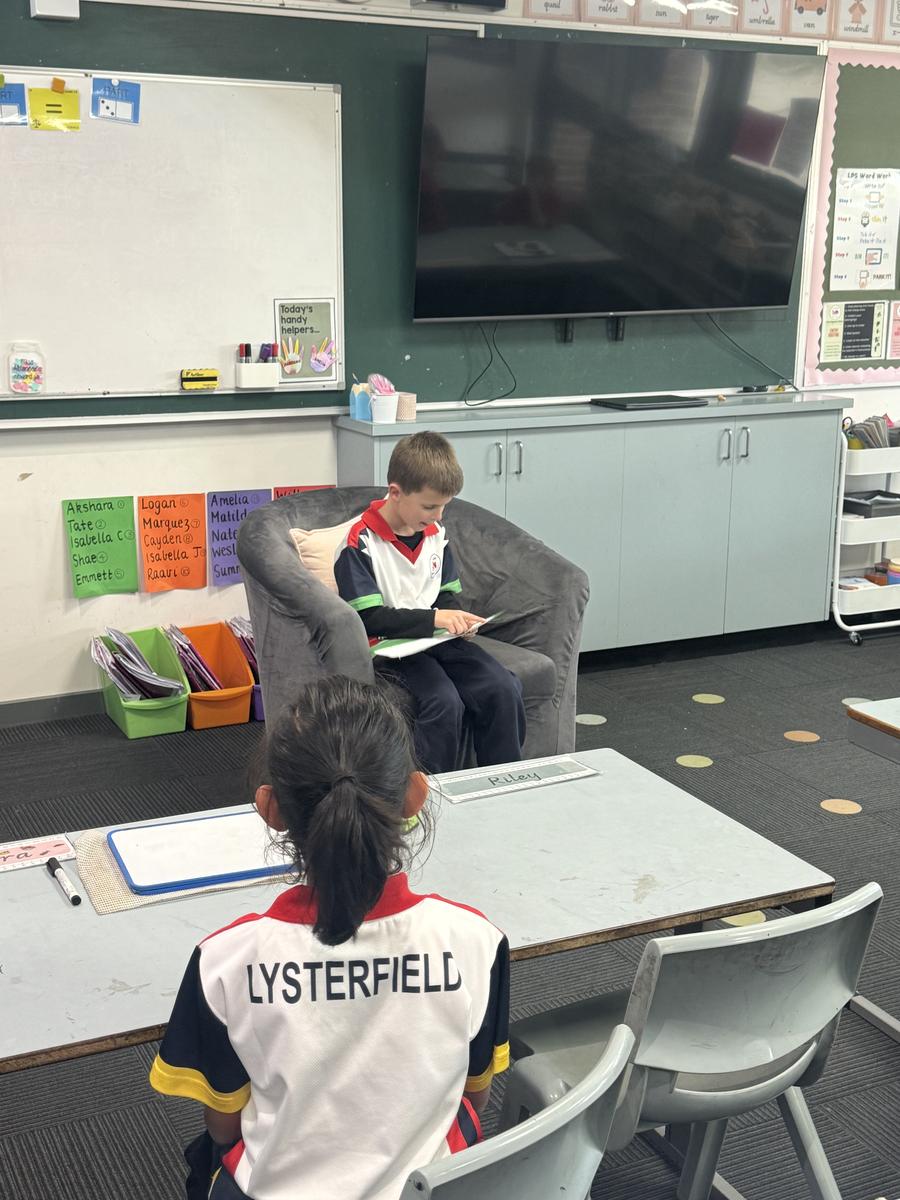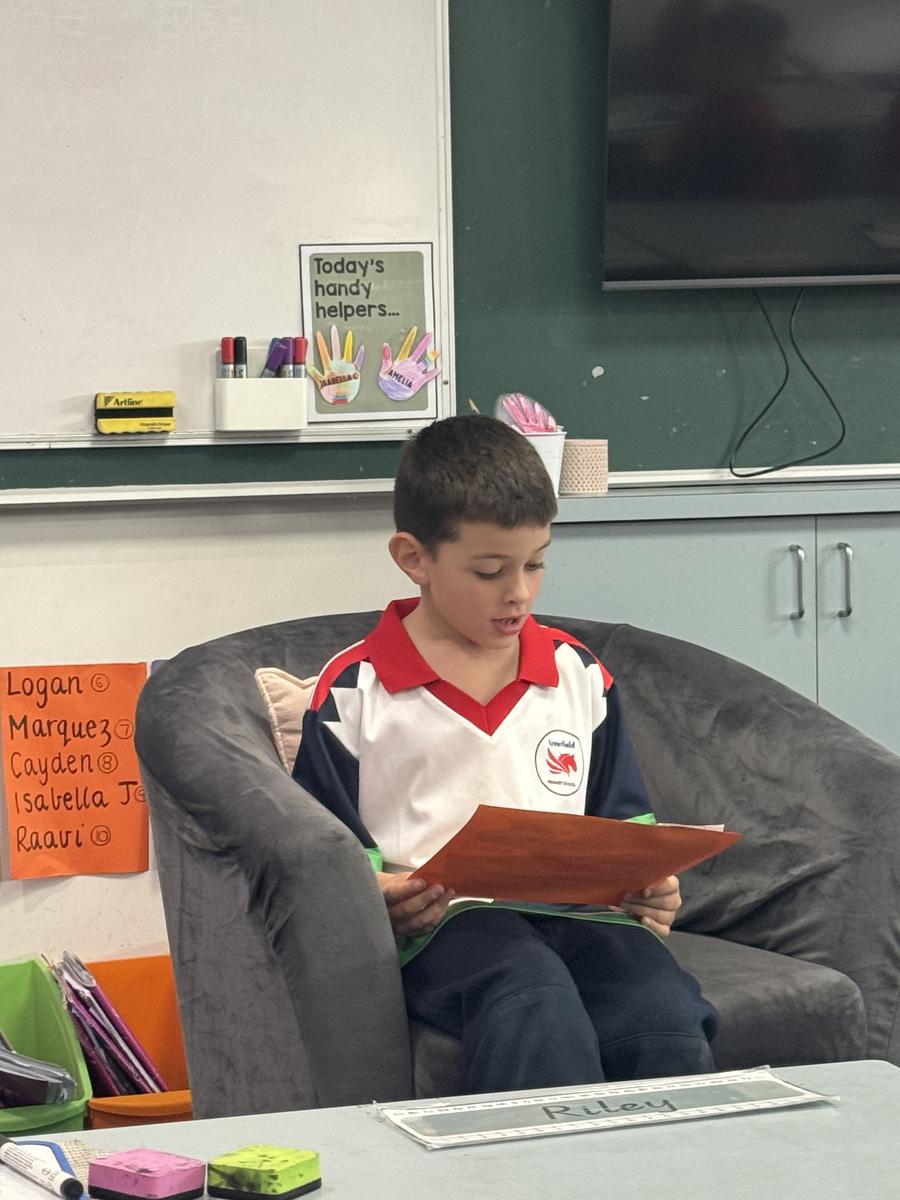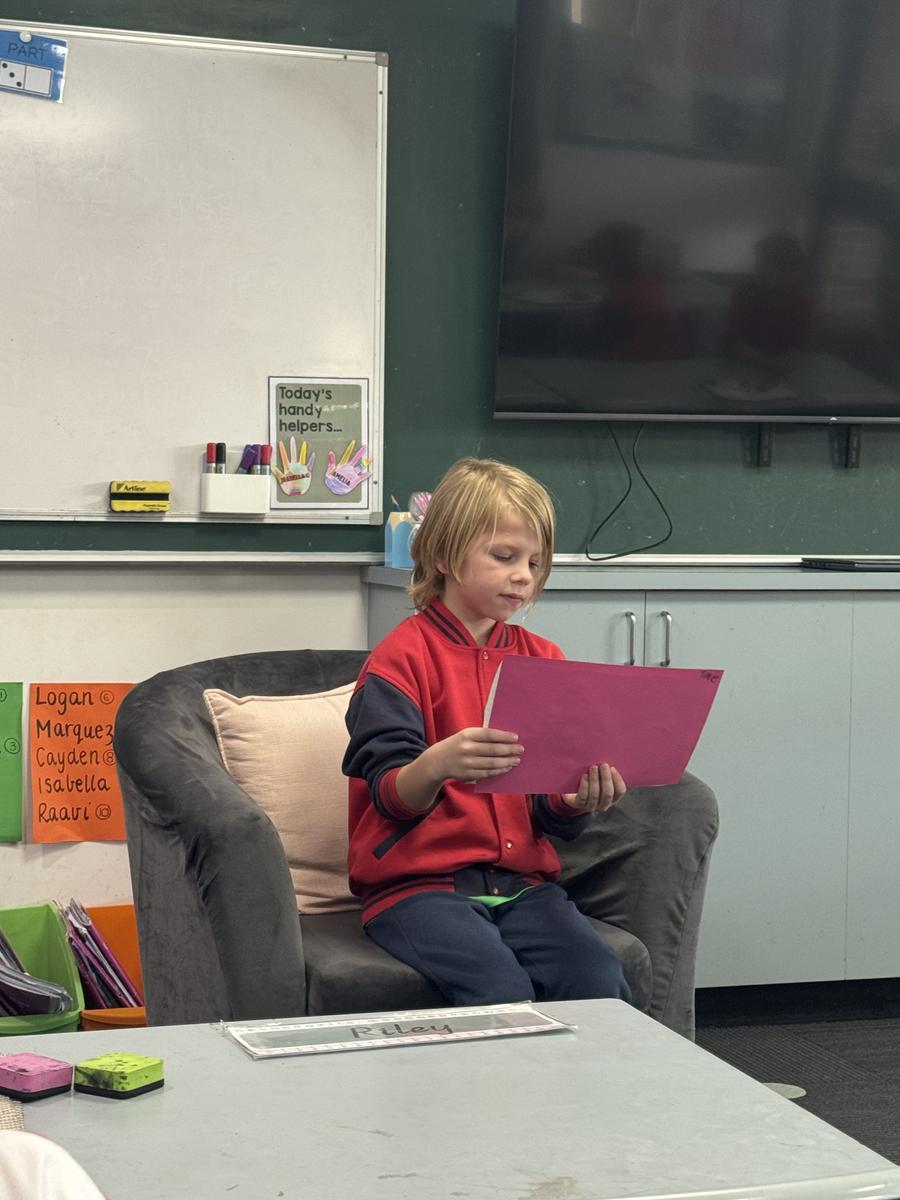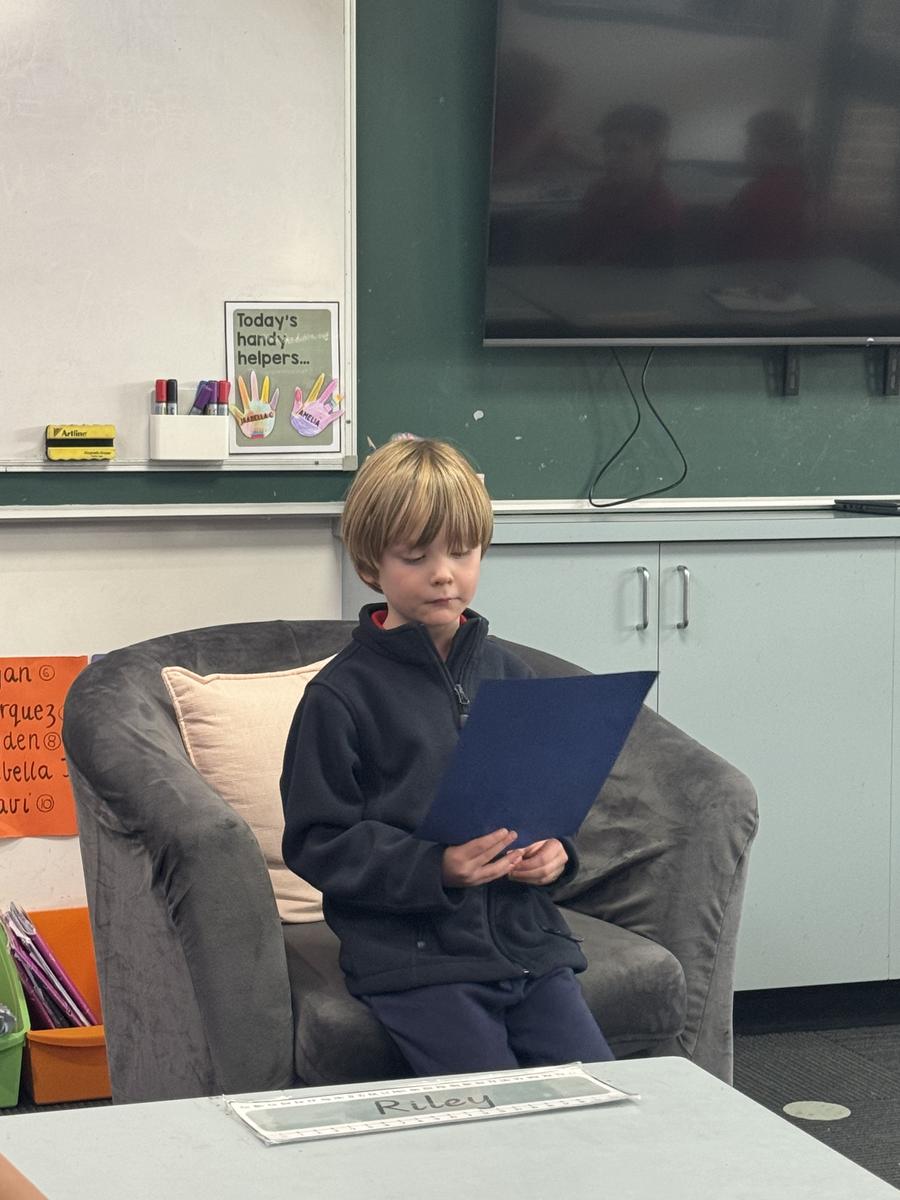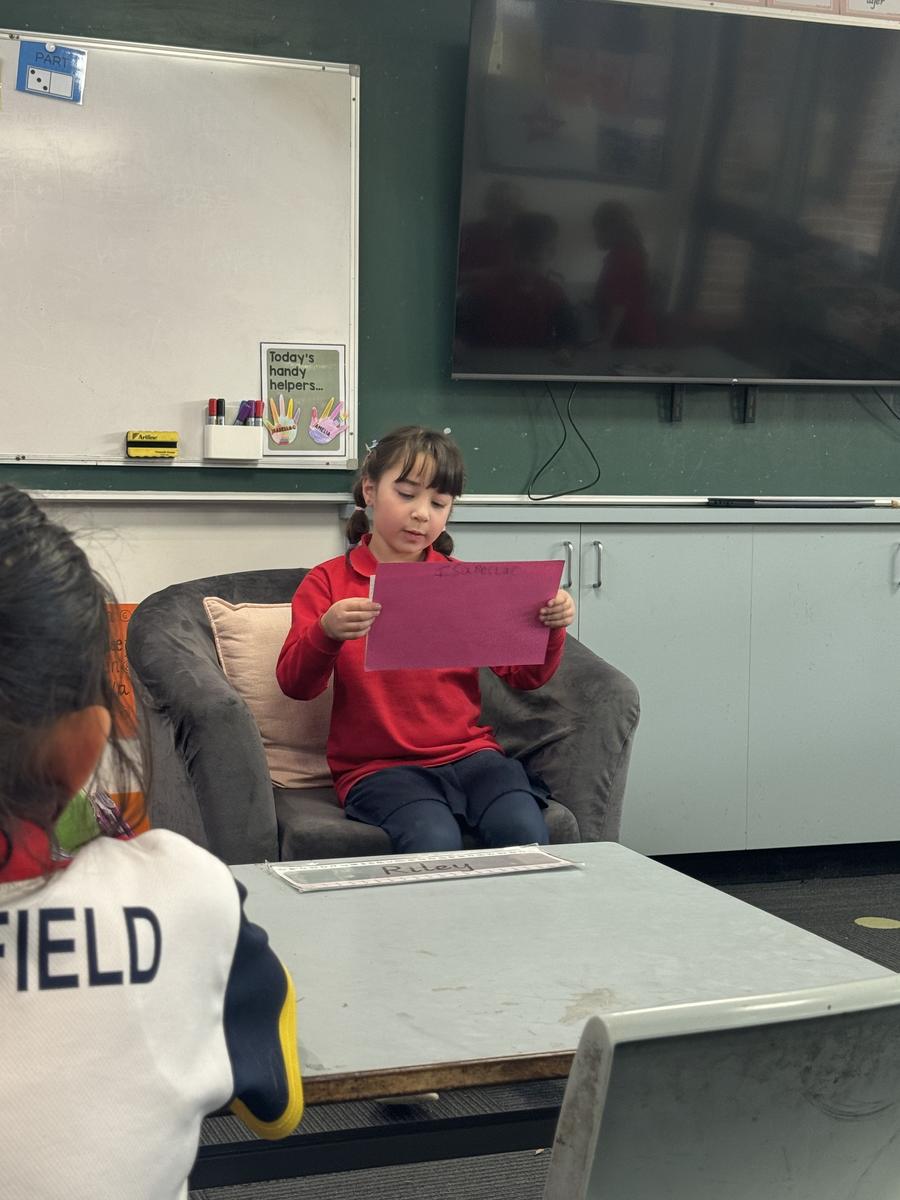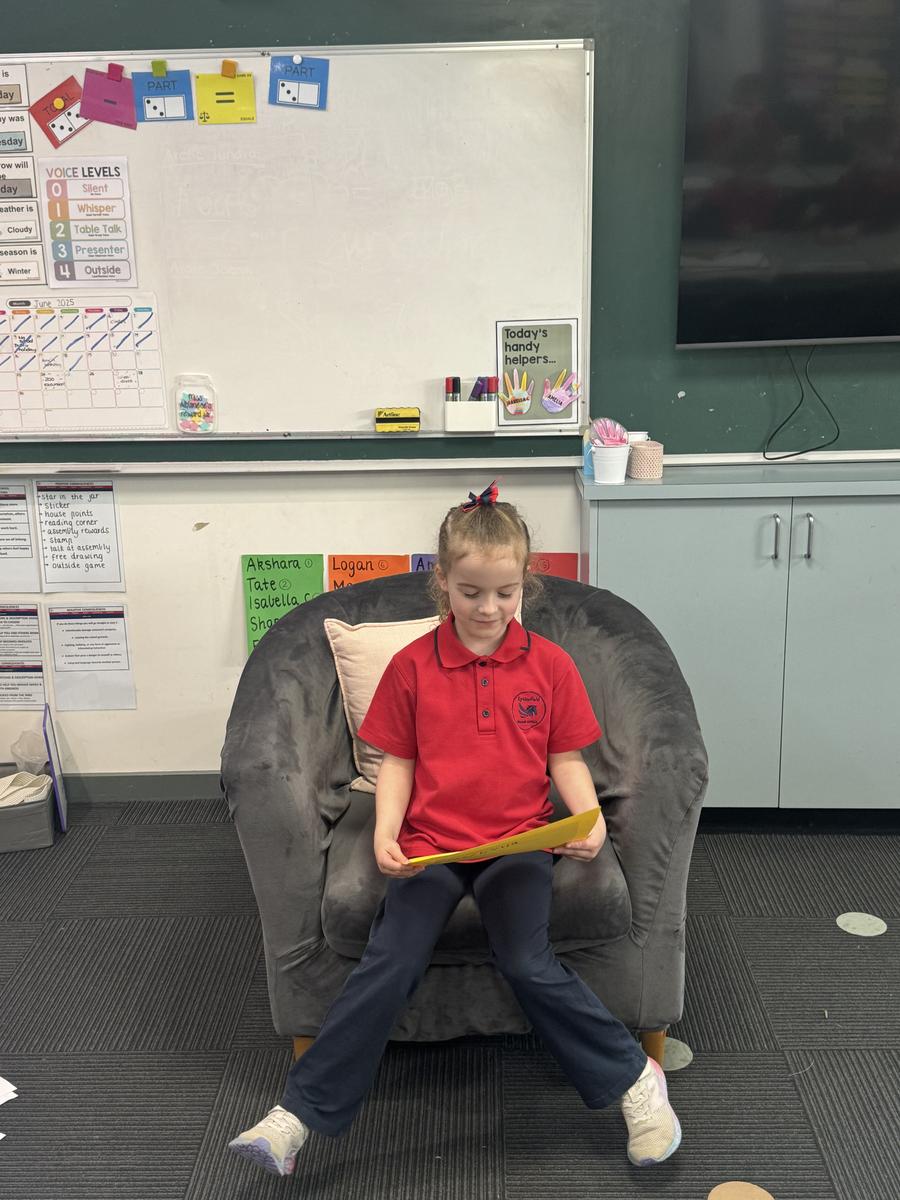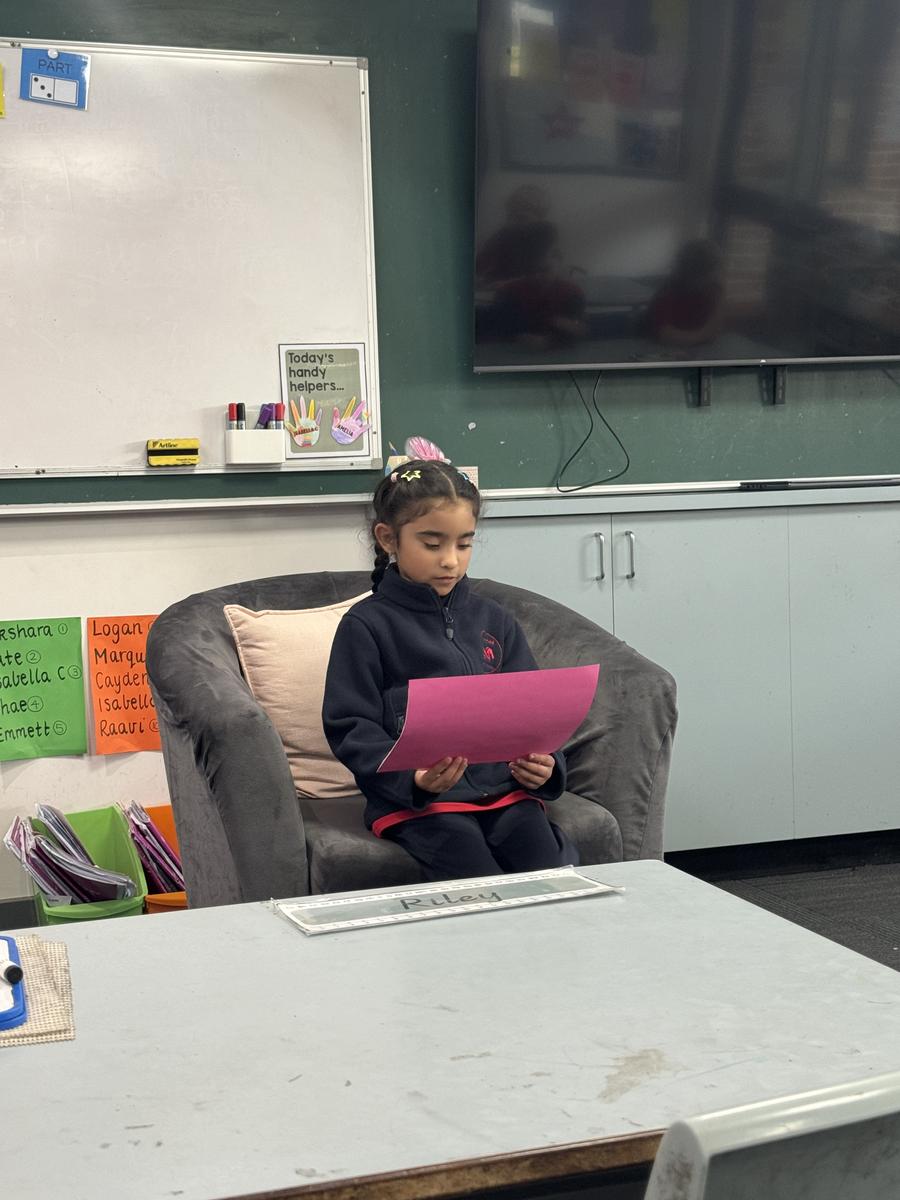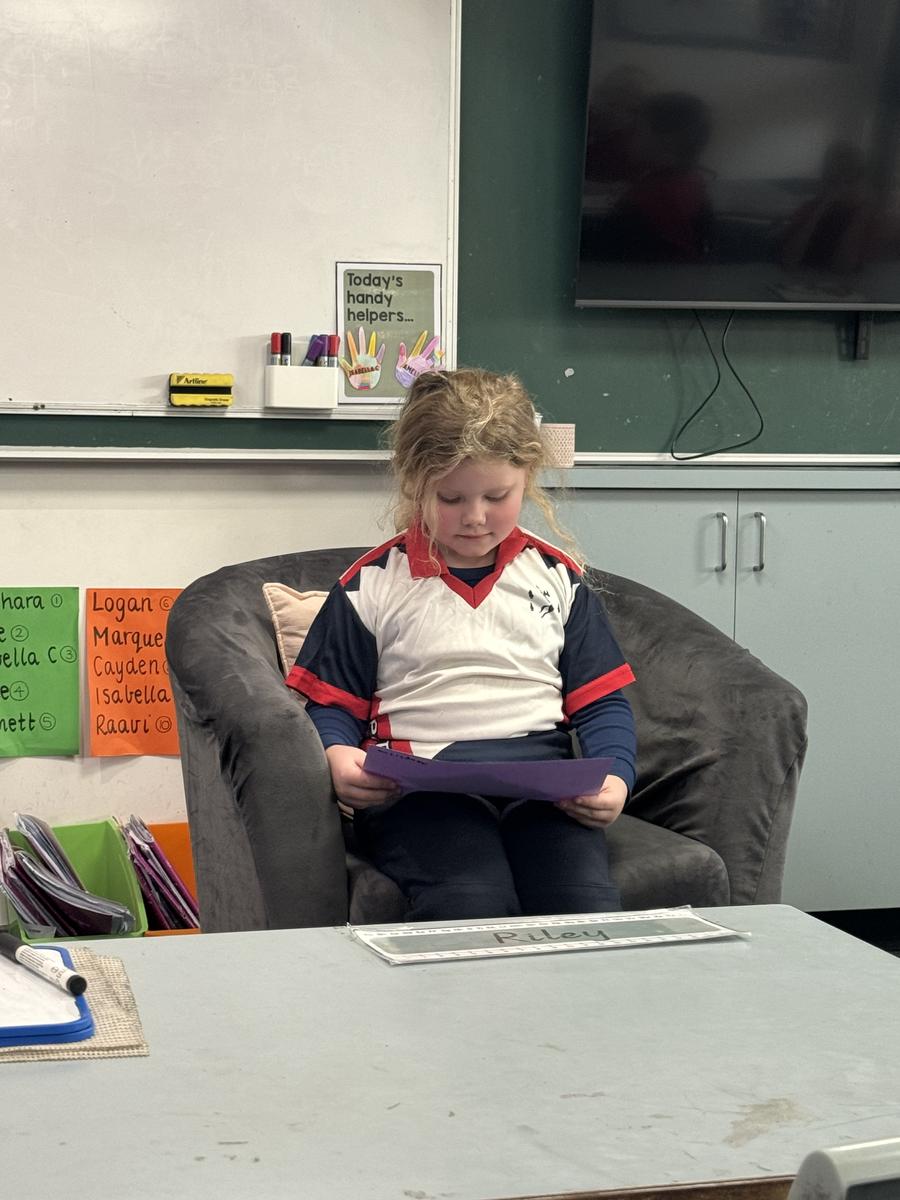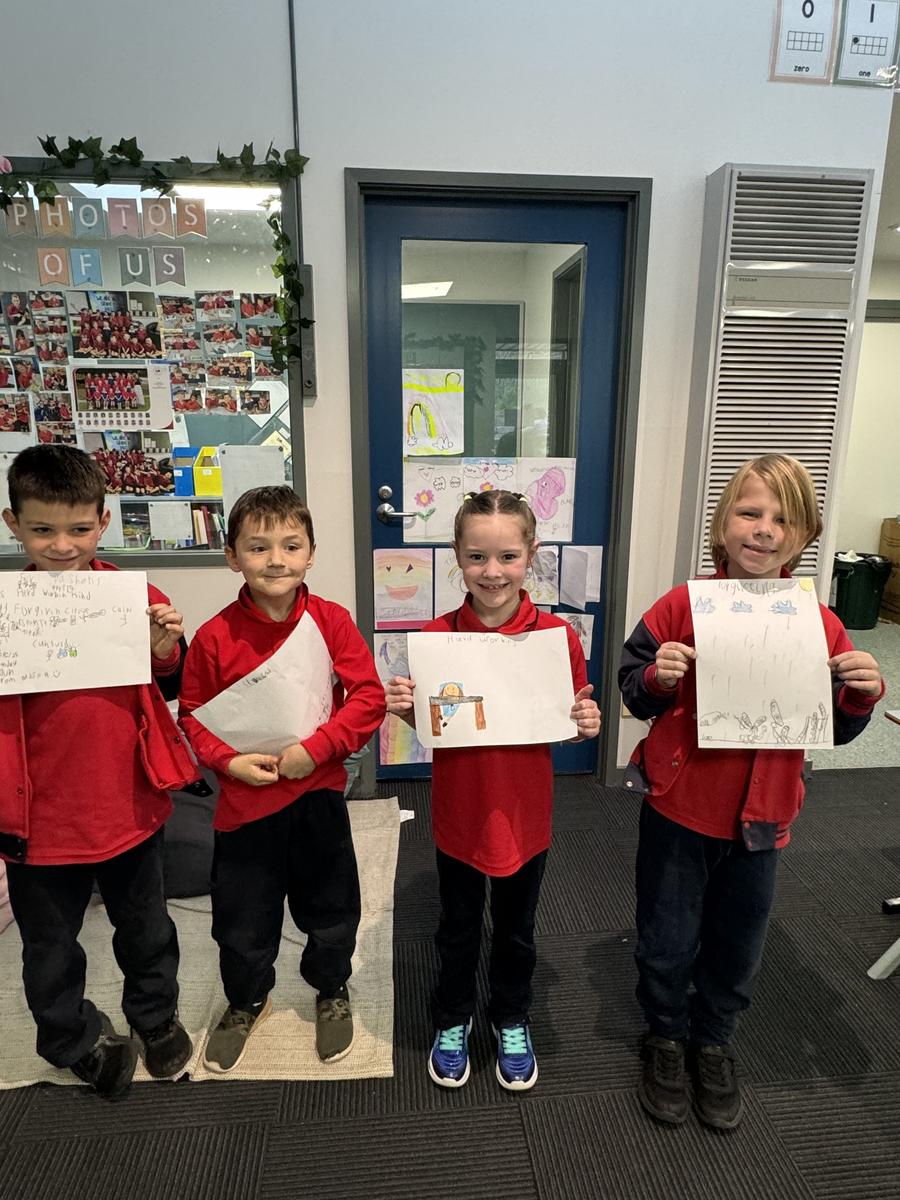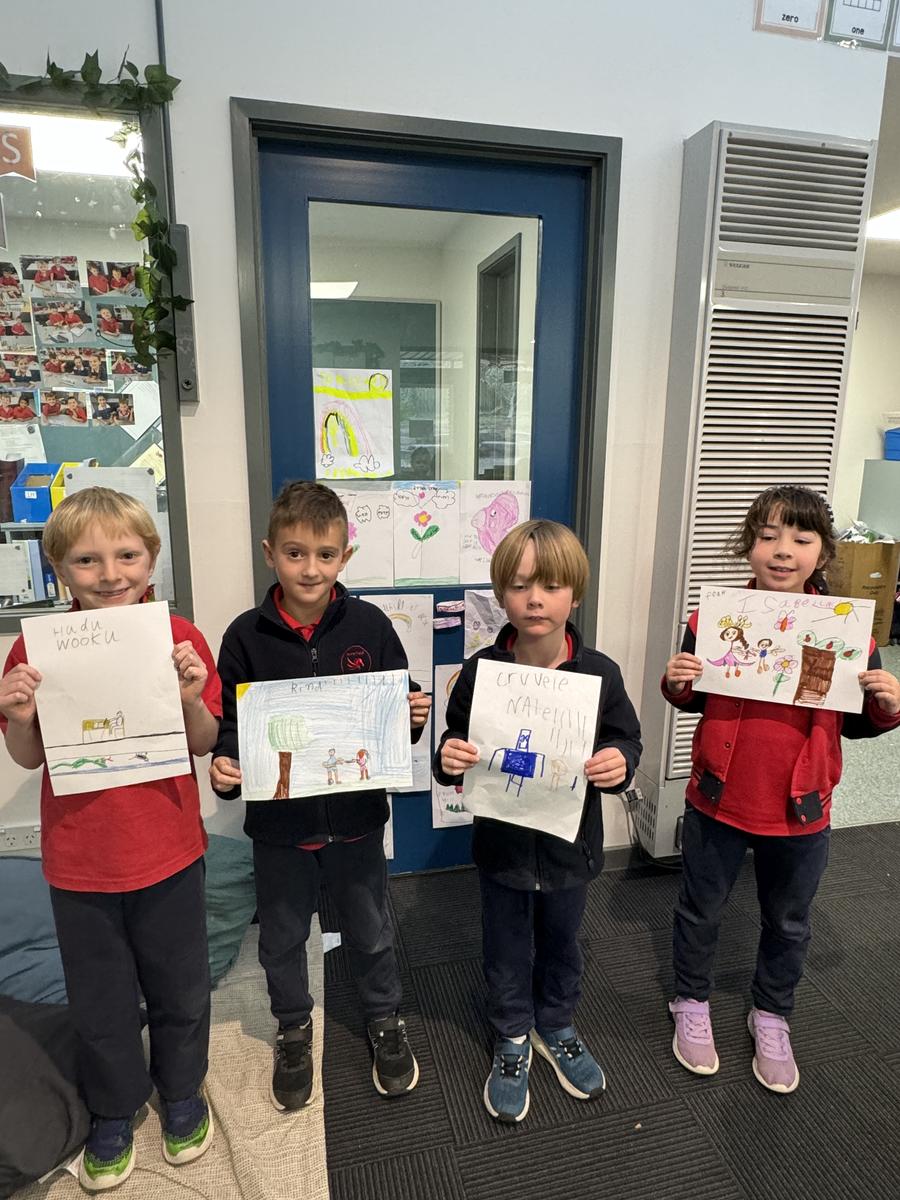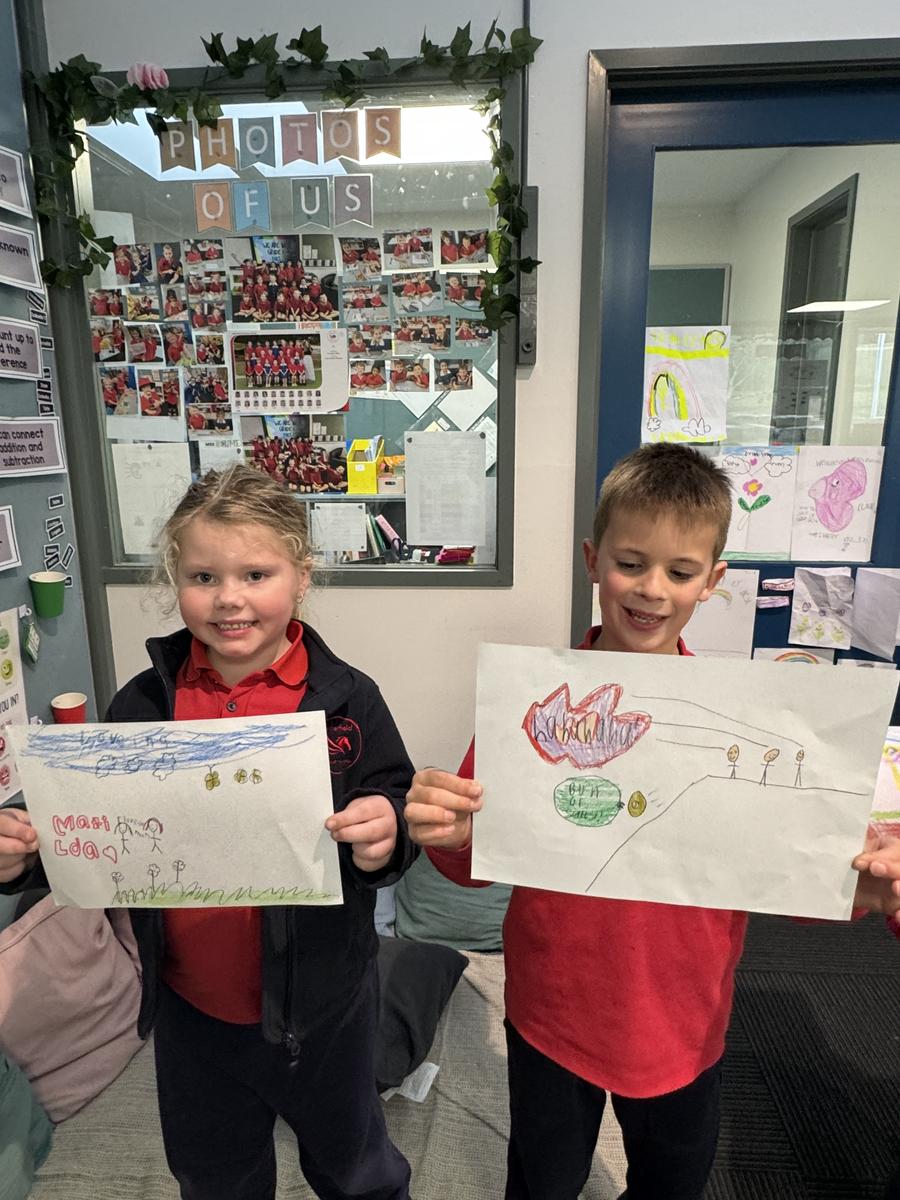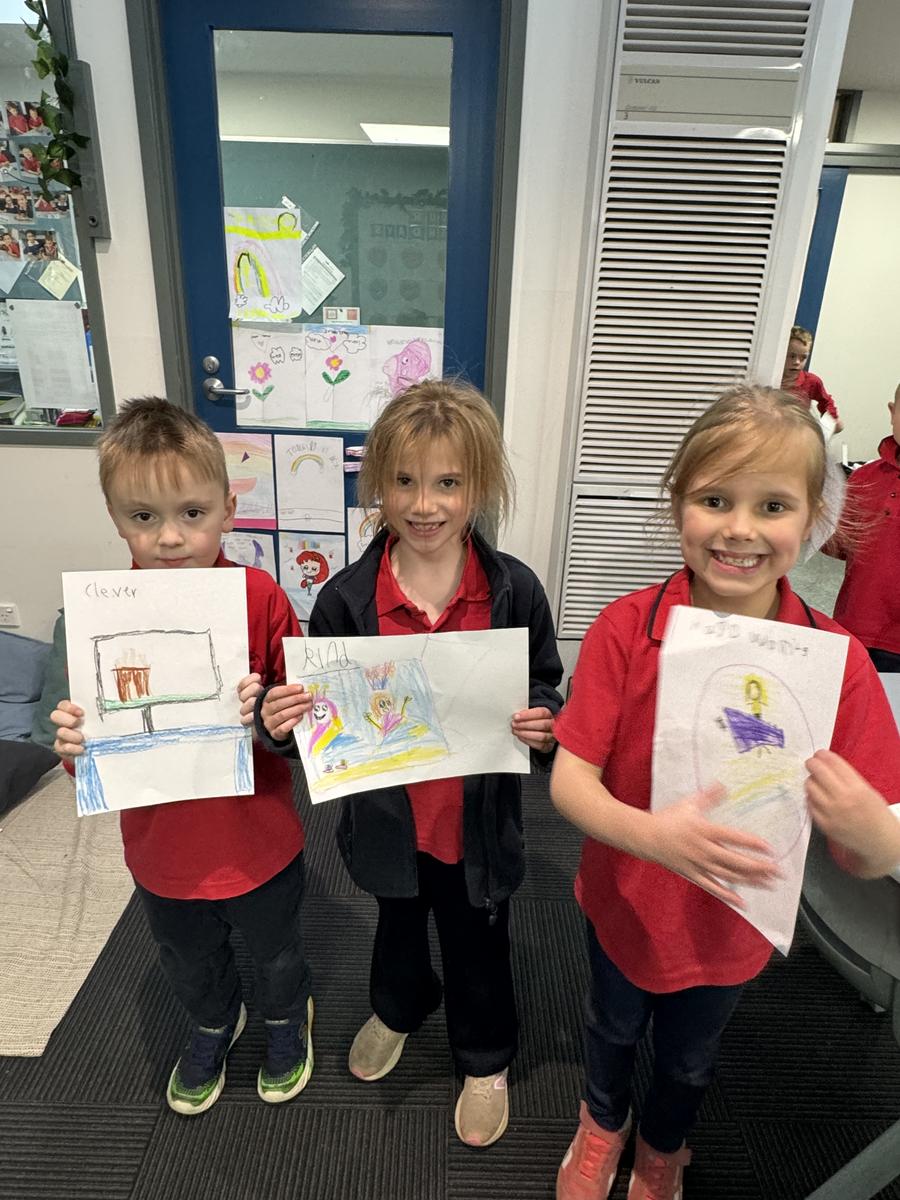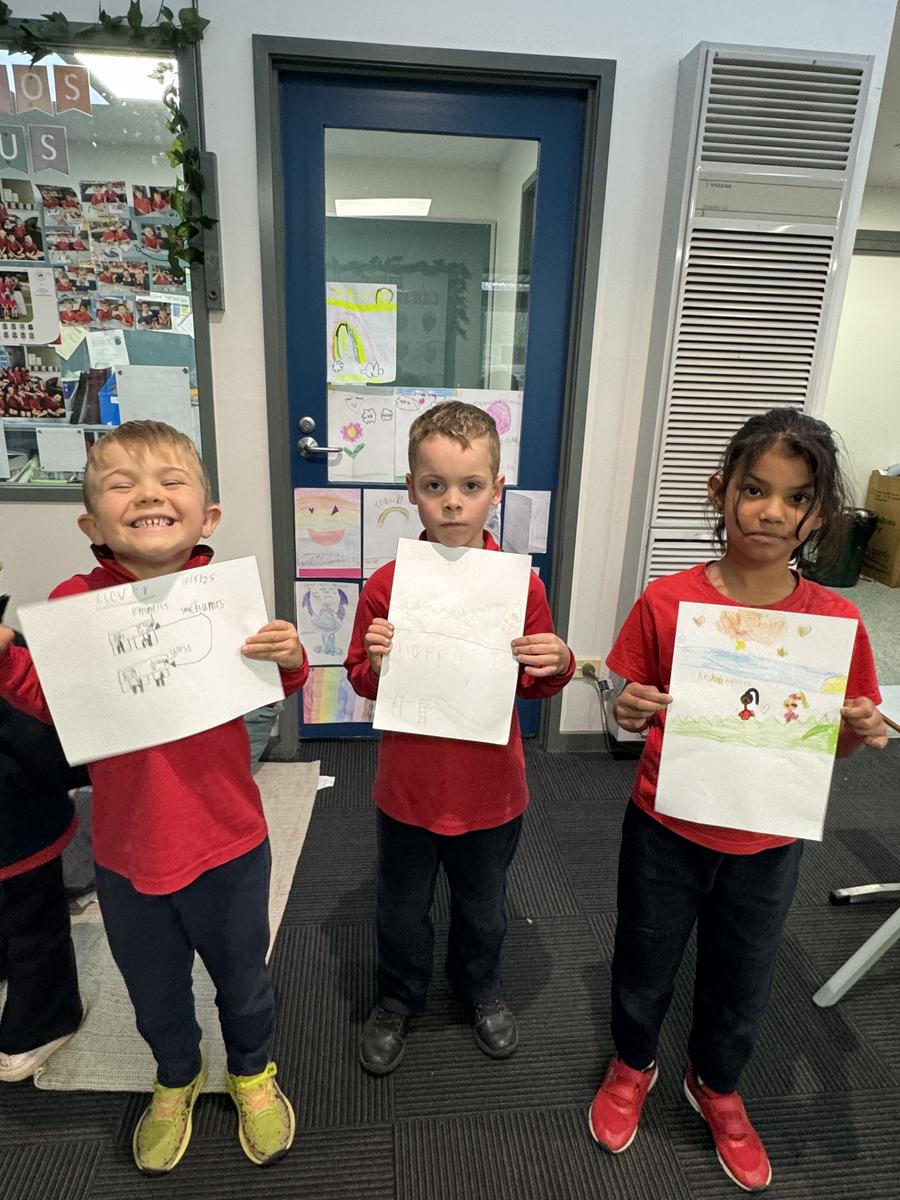Grade 1 News

Important Reminders
All important dates and events are on our Compass Calendar, please check the calendar regularly to stay up to date!
Upcoming dates/Important Info
DATE:
Tuesday 24th June - Healesville Sanctuary Excursion
Friday 27th June - School Disco (Prep-Grade 2: 4:30-5:30)
Thursday 3rd July - Cultural Afternoon "Around The World" 3.40pm - 5pm
Thursday 3rd July - Cultural Day Special Lunch
Friday 4th July - Last day of Term 2 (2:30pm dismissal)
Production dates:
Tuesday 2nd September
Wednesday 3rd September
Library
Please refer to the timetable below which shows what day each class is going to the library. Please ensure your child has their library bag so they can borrow weekly.
Please remember to send your child's take-home folder to school each day.
Homework
For homework in Grade 1 the expectation is that students will read their take-home book to an adult each day. Every student will receive a new book from their classroom on a Monday. Students will need to return their previous book before receiving a new book.
Here are some optional activities:
Learning in Action
Literacy
Literature
Our young poets have been diving deeper into the world of poetry! Building on their understanding of diamante and ode poems, students were introduced to the concept of similes and the idea of literal vs. figurative language.
We've also explored the importance of rhyme and repetition, discovering how these elements further enhance poems. Students explored rhyme and repetition through a focus on rhyming couplet poems. They were very creative when thinking about a new line that could rhyme with the previous line. An example of this was when the students were presented with a line such as “Hear the honking of the goose” and they came up with a suitable next line with a word that rhymes with ‘goose’ such as “Look out, it is on the loose!” We ended our poetry unit on a high by allowing all students time to publish and then present their favourite piece to their class.
Here are some pictures of 1A sharing their poems with the class. They were super brave and excited to share!
Word Work
During Work Word sessions in Grade 1, students engage in daily practice that reinforces previously learned concepts while introducing new phonics patterns to build reading and spelling skills. Each week begins with a review of past content to support retention, followed by the introduction of new sounds and spelling patterns. Recently, students have been learning to read and spell words featuring the vowel digraphs ‘oi’ and ‘oy’ and have been introduced to new consonant letter digraphs such as ‘kn’ and ‘gn’.
Some examples of these codes include:
- ‘oi’ words: coin, soil, boil
- ‘oy’ words: toy, boy, joy
- ‘kn’ words: knee, knife, knob
- ‘gn’ words: gnome, gnaw, sign
Students have spent this week revising long vowel sounds such as ‘ee’, ‘ay’, ‘oo’, ‘oe’, ‘ou’, ‘ow’ and ‘ur’.
Sentence Level Writing
Students have been learning the difference between a fragment and a sentence. A fragment is an incomplete sentence such as “The boy” and a complete sentence is one that includes a noun and a verb. For example “The boy was running”. Our Grade 1 students have done a fantastic job when reading fragments and then adding to these to turn them into complete sentences.
This work helps students build stronger, clearer sentences and understand how ideas connect in writing.
Handwriting
Students have been revising previously learnt letters and practising both the lowercase and uppercase version of the following letters. We are now refining our learning based on the NSW font. The letters that we have practised this fortnight have included: Oo, Rr, Nn, Ii, Mm, Uu.
Knowledge Rich
This week, we began delving into our Knowledge Rich Unit on animals and habitats. Students learnt about what a habitat is and the difference between living and non living things. Each lesson we dive into a different habitat and this week we explored the arctic. We learned about animals/plants that live in the Arctic Tundra and animals/plants that live in the Arctic Ocean. Students were extremely engaged and made wonderful connections to this learning. They then chose one of the animals that they learnt about from the arctic to write a narrative about.
We are excited to learn about many different animals and their habitats and connect it to our upcoming excursion to Healesville Sanctuary!
Preview of learning: In the coming weeks, students will continue to review and build on previous concepts in both sentence-level writing and word work. They’ll strengthen their understanding of sentence structure while practising spelling and decoding new word patterns. We will continue our focus through our knowledge rich unit on animals and habitats.
Numeracy
Subtraction
Over the past two weeks, our Grade 1 students have continued developing their understanding of subtraction, focusing on how it can be used to find missing parts in everyday situations.
Here are the key concepts we've explored:
- The equals sign (=) means ‘the same as’: Students have deepened their understanding of the equals sign, recognising it as a symbol that shows both sides of a number sentence are balanced and equal—not just where the answer goes.
- Subtraction is finding an unknown part: We’ve been solving problems where a total and one part are known, and the goal is to find the missing part. For example, “There were 9 apples. 4 were eaten. How many are left?”
- Using the ‘counting up’ strategy: Students have been learning to solve subtraction problems by counting up from the smaller number to the larger one. This helps them find the difference more efficiently.
It’s been wonderful to see students confidently sharing their thinking and using different strategies to solve subtraction problems.
Capacity
Over the past two weeks, our focus in numeracy has been on developing students’ understanding of capacity, particularly how to compare the capacity of different containers.
To explore this, students had a fantastic time designing and creating their own paper lolly jars. Once the jars were made, we filled them with small informal units (unifix) to measure and compare how much each jar could hold.
Students then compared their lolly jars with others in the class and used language such as holds more, holds less, and the same capacity to describe their findings.
This hands-on activity helped students make real connections between measurement and problem solving, while also learning to work collaboratively.
Wellbeing
RRRRs
Over the past fortnight, students continue to learn about personal strengths. They described the kinds of actions that generate a sense of pride and accomplishment and they identified key strengths used in a school setting. We then created a strengths display where students identified one of their personal strengths and drew a picture to describe how they use this strength.
From the Grade 1 teachers,
Ms Holmes, Miss Albanese, Mrs Reynolds and Mrs Ryan

